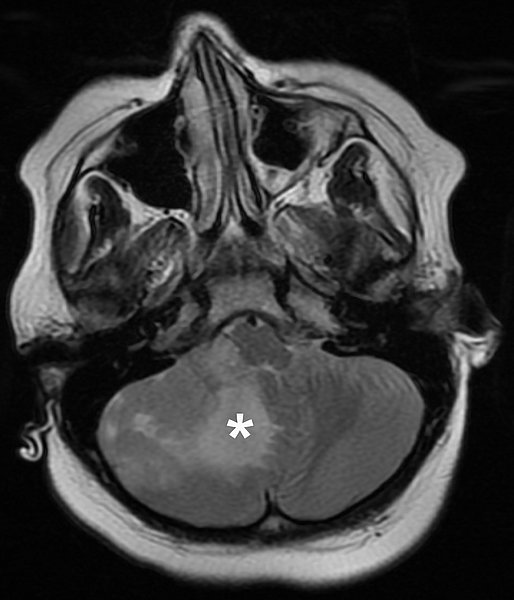“We have shown that we can identify therapies that cannot be predicted using other methods, and that the results can be used in clinical decision-making to improve outcomes for patients”, says Robert Wechsler-Reya, vom Sanford Burnham Prebys Medical Discovery Institute who lead the study together with KiTZ scientist Marcel Kool and colleagues. “For children diagnosed with medulloblastoma and their parents, better treatments can’t arrive fast enough.”
Efforts to find personalized treatments for medulloblastoma, which comprises four distinct subgroups—WNT, Sonic hedgehog (SHH), Group 3 and Group 4—have not been successful to date. Most patients still receive the same treatments—brain surgery to remove the tumor followed by radiation and chemotherapy—in spite of the different molecular characteristics of the tumors. As a result, one-third of children succumb to the cancer; and the children who do survive often have severe, lifelong side effects from the treatment, including cognitive impairment and a greater likelihood of developing cancer again.
In the study, the scientists initially screened medulloblastoma tumors from patient-derived xenografts (PDX), models created by transplanting a patient’s brain tumor into mice, against a drug library containing nearly 5,000 compounds. The screen identified several drugs that halted the growth of cells from Group 3 medulloblastoma, the most agressive form of the disease; and one of these drugs, actinomycin D, extended the survival of mice harboring the corresponding PDX model.
“We are very excited that this screen revealed a drug that may be effective against Group 3 medulloblastoma, which is the most aggressive subtype,” says Jessica Rusert, lead author of the study. “Actinomycin D has been used since the 1950s to treat other pediatric cancers, which means we have extensive information about its safety in children, and thus it could be moved relatively quickly into human testing.”
Source of the press release: https://sbpdiscovery.org/




